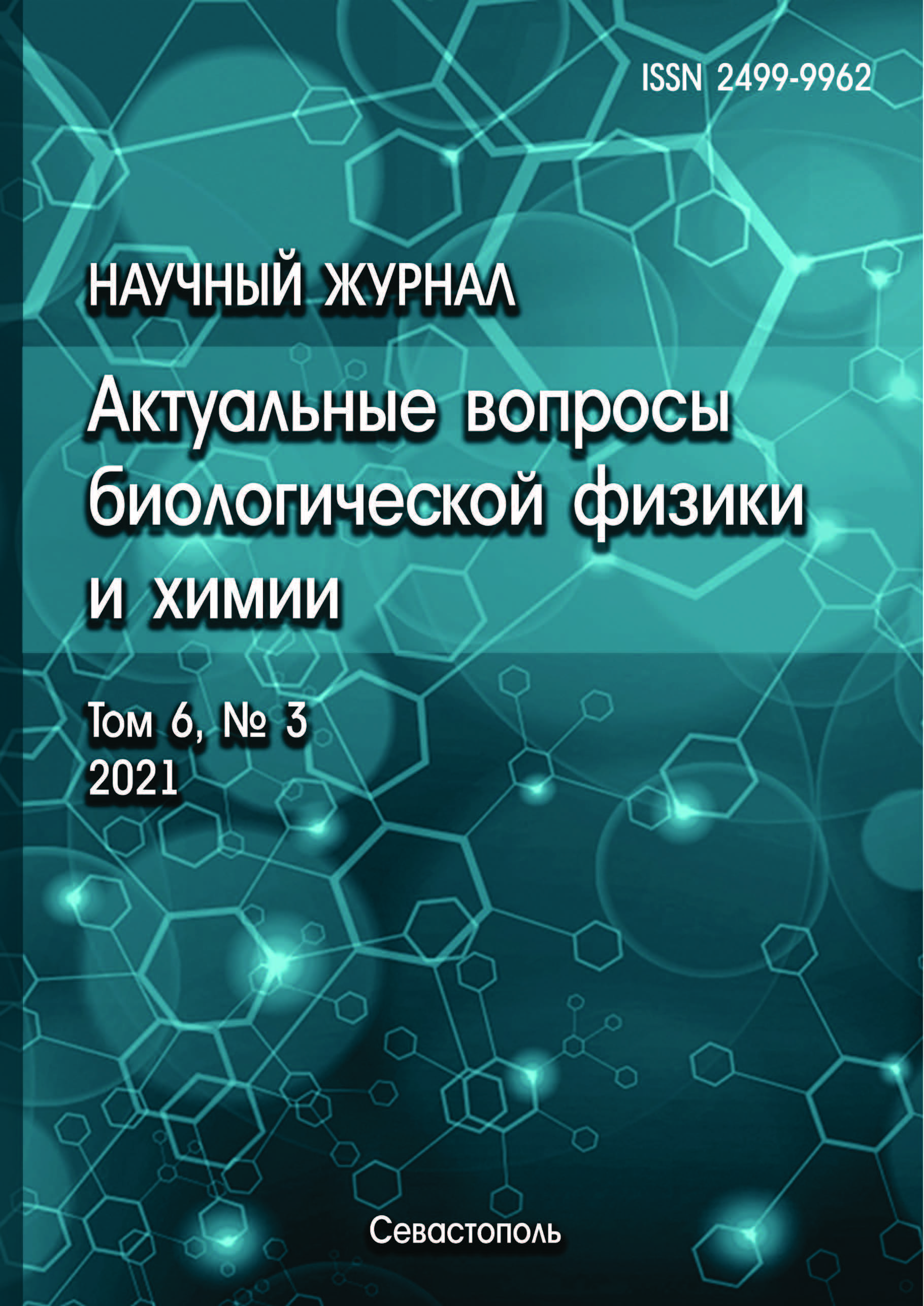In the present study, various approaches to the quantitation of the molecular chirality, one of the pressing problems of biochemical physics, are considered. A new relatively simple method for estimating chirality in protein secondary structures is proposed. The method is based on defining the reference (control) points - alpha-carbon atoms in the polypeptide chain followed by calculating the mixed products of bond vectors associated with relative position of these points. Special attention was given to the normalization of chirality in protein helical structures. We analyzed 983 proteins of 12 classes taken from the PDB database. Along with energetically favorable right-handed α- and 310-helixes, the secondary structure motifs in the left-handed conformation were found. Based on the developed method a chirality map of protein helical structures was obtained. This method can be considered as a step towards extending the concept of chirality to hierarchically higher categories of objects - protein globules and supramolecular structures.
proteins, chirality, alpha-carbon, α-helix, 310-helix, chirality map
1. Cintas P. Chirality of living systems: a helping hand from crystals and oligopeptides. Angew. Chem.Int. Ed. Engl., 2002, vol. 41, pp. 1139-1145.
2. Barron L.D. From Cosmic Chirality to Protein Structure: Lord Kelvin’s Legacy. Chirality, 2012. doi:https://doi.org/10.1002/chir.22017 EDN: https://elibrary.ru/RJVZON
3. Tverdislov V.A., Malyshko E.V. On regularities in the spontaneous formation of structural hierarchies in chiral systems of nonliving and living matter. Physics Uspekhi, 2019, vol. 62, no. 4, pp. 354-363. DOI: https://doi.org/10.3367/UFNe.2018.08.038401; EDN: https://elibrary.ru/PUBRRI
4. Tverdislov V.A. Chirality as a primary switch of hierarchical levels in molecular biological systems. Biophysics, 2013, vol. 58, no. 1, pp. 159-164.
5. Crick F.H.C. The packing of α-helices: simple coiled-coils. Acta Cryst., 1953, vol. 6, pp. 689-692.
6. Barlow D.J., Thornton J.M. Helix geometry in proteins. J. Mol. Biol, 1988, vol. 201, pp. 601-619. DOI: https://doi.org/10.1016/0022-2836(88)90641-9; EDN: https://elibrary.ru/XWNBQB
7. Efimov A.V. Chirality and Handedness of Protein Structures. Biochemistry, 2018, vol. 83, no 1, pp. 103-110.
8. Novotny Kleywegt G.J. A Survey of left-handed helices in protein structures. Mol. Biol, 2005, vol. 347, no. 2, pp. 231-241.
9. Cao Ch., Wang G., Liu A., Xu Sh., Wang L., Zou Sh. A new secondary structure assignment algorithm using Cα backbone fragments.Int. J. Mol. Sci, 2016, vol. 17, pp. 333-349.
10. Ramachandran G.N., Ramakrishnan C., Sasisekharan V. Stereochemistry of polypeptide chain configurations. J. Mol. Biol, 1963, vol. 7, no. 1, pp. 95-99.
11. Harris A.B., Kamien R.D., Lubensky T.C. Molecular chirality and chiral parameters. Rev. Mod. Phys, 1999, vol. 71, pp. 1745-1757. DOI: https://doi.org/10.1103/revmodphys.71.1745; EDN: https://elibrary.ru/YDALZH
12. Guye P.A. Influence de la constitution chimique des derives du carbone sur le sens et les variations de leur pouvoir rotatoire.Compt. Rendus, 1890, vol. 110, p. 714.
13. Ruch E., Schönhofer A. Naherungsformeln fur spiegelungsantimetrische Molekuleigenschaften. Theor. Chim. acta, 1968, vol. 10, no. 2, pp. 91-110. DOI: https://doi.org/10.1007/bf00528145; EDN: https://elibrary.ru/KCWMRV
14. Randic M., Razinger M. Molecular shapes and chirality. J. Chem. Inform.Comp. Sci., 1996, vol. 36, no. 3, pp. 429-441.
15. Peng X-L., Fang K-T, Hu Q-N, Liang Yi-Z. Impersonality of the connectivity index and recomposition of topological indices according to different properties. Molecules, 2004, vol. 9, no. 12, pp. 1089-1099.
16. Zhao T., Zhang O., Long H., Xu L. Graph theoretical representation of atomic asymmetry and molecular chirality of benzenoids in two-dimensional space. PLOS ONE, 2014, vol. 9, no. 7, p. e102043.
17. Buda A.V., Mislow K.A. A Hausdorff chirality measure. J. Amer. Chem. Soc., 1992, vol. 114, no. 15, pp. 6006-6012.
18. Petitjean M. Chiral mixtures. J. Math. Physics, 2002, vol. 43, no. 8, pp. 4147-4157.
19. Avnir D., Meyer A.V. Quantifying the degree of molecular shape. A chirality measure. J. Molec. Struct. (Theochem.), 1991, vol. 226, pp. 211-222.
20. Zabrodsky H., Avnir D. Continuous Symmetry Measures, IV: Chirality. J. Amer. Chem. Soc., 1995, vol. 117, pp. 462-473. DOI: https://doi.org/10.1021/ja00106a053; EDN: https://elibrary.ru/UZWIUX
21. Wang H., Avnir D., Tuvi-Arad I. Chiral Ramachandran plots II: general trends and protein chirality spectra. Biochemistry, 2018, vol. 57, no. 45, pp. 6395-6403.
22. Zorkiy P.M., Afonina N.N. Simmetriya molekul i kristallov. M.: Izd-vo Mosk. Unta, 1979, 176 s. @@Zorky P.M., Afonina N.N. Symmetry of molecules and crystals. Moscow: Unta, 1979, 176 p. (In Russ.)
23. Alikhanidi S.E., Kuz’min V.E. Quantitative Evaluation of Molecular Chirality on Base of an Optimized Approach to Original and Reflected Structures Comparison. Reports of NAS of Ukraine, 1999, vol. 3, pp. 138-141.
24. Mezey P.G. Generalized chirality and symmetry deficiency. J. Math. Chem., 1998, vol. 23, pp. 65-84. DOI: https://doi.org/10.1023/a:1019121208423; EDN: https://elibrary.ru/YBZEQF
25. Luzanov A.V. Positive chirality measures from chiroptical pseudoscalars: applications to carbon-containing molecular systems. Functional materials, 2015, vol. 22, no. 3, pp. 355-364. DOI: https://doi.org/10.15407/fm22.03.355; EDN: https://elibrary.ru/XNJGZN
26. Sidorova A.E., Malyshko E.V., Kotov A.R., Tverdislov V.A., Ustinin M.N. Quantitative criteria of chirality in hierarchical protein structures. Biophysics, 2019, vol. 64, no. 2, pp. 155-166.
27. The Protein Data Bank. URL: http://www.rcsb.org/
28. Sidorova A.E., Lucenko A.O., Shpigun D.K., Malyshko E.V., Tverdislov V.A. Metody opredeleniya znaka hiral'nosti spiral'nyh i superspiral'nyh struktur belkov. Biofizika, 2021, t. 66, № 3, s. 421-428. @@Sidorova A.E., Lutsenko A.O., Shpigun D.K., Malyshko E.V., Tverdislov V.A. Methods to determine the chirality sign for helical and superhelical protein structures. Biophysics, 2021, vol. 66, no. 3, pp. 421-428. (In Russ.)
29. Sidorova A.E., Malyshko E.V., Lutsenko A.O., Shpigun D.K., Bagrova O.E. Protein helical structures: defining handedness and localization features. Symmetry, 2021, vol. 13, no 5, p. 879. DOI: https://doi.org/10.3390/sym13050879; EDN: https://elibrary.ru/PMMMOL










